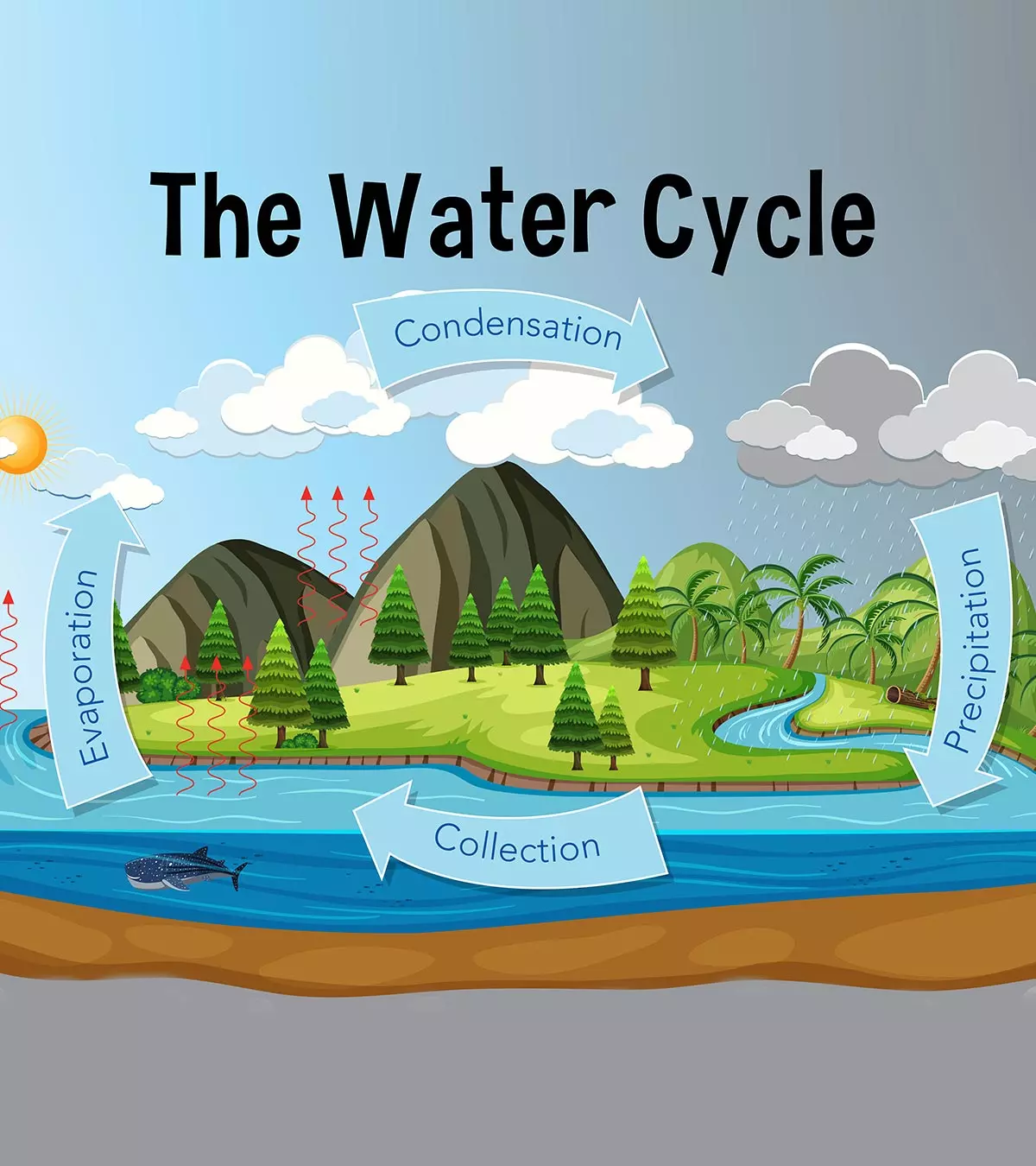What is a parasite?
An organism that lives in or on another organism, obtaining materials from it and harming it.
What is kinetic energy?
Kinetic energy: the energy of motion (when something moves...)
What is force?
Push or pull of one object on another
Does this photo show physical weathering or chemical weathering?

Physical weathering
What is groundwater?
the water within the Earth
What does "niche" mean?
Niche: the role of an organism in a habitat
Is work being done if you push a refrigerator and it doesn't move?
No, because it didn't move.
What is a reference point?
a motionless place or object used for comparing with a moving object
What are the layers of the soil profile starting from the top? (3)
Topsoil --> Subsoil --> Bedrock
What gas do we have the most of in the atmosphere?
Nitrogen
What are biotic factors and abiotic factors?
Biotic factors: living things in a habitat
Abiotic factors: non-living things in a habitat
True or False: The faster the particles in an object move, the higher the temperature.
True

What are the three types of motion? (You can show actions if you want.)
rotation, vibration, translation
(circular motion, back-and-forth motion, linear motion)
What is the order of the Earth's layers starting from the inside? (4)
Inner core --> Outer core --> Mantle --> Crust
What is the difference between weather and climate?
Weather - the condition of the atmosphere in a given area at a particular time. It changes from day to day.
Climate - the pattern of weather an area has over a long period of time. (temperature & precipitation)
Give one example each of an invertebrate and a vertebrate.
Invertebrate: 
Vertebrate: 
What is a good example of an insulator?
rubber, cloth, plastic, wood, etc.
What is Isaac Newton's 2nd Law of Motion?
The greater the mass of an object, the greater the amount of force needed to accelerate the object.
What is the difference between plate tectonics and tectonic plates?
Tectonic plates: broken large pieces of land like puzzle pieces
List the order of the atmosphere's layers from the ground (lowest). (5)
troposphere --> stratosphere --> mesosphere --> thermosphere --> exosphere
What is the relationship between humpback whales and barnacles?
The barnacles attach to the whale and filter food out of the water as the whale swims.
They do this without hurting each other.
What is the conservation of energy law?
It is a principle in science stating that energy cannot be created or destroyed. It can only change forms.
What is inertia?
the resistance to a change in motion
What is the convection current?
The circular movement of heated materials to a cooler area.
Draw a water cycle (collection, precipitation, evaporation, condensation)
Ms. Kim will check.
